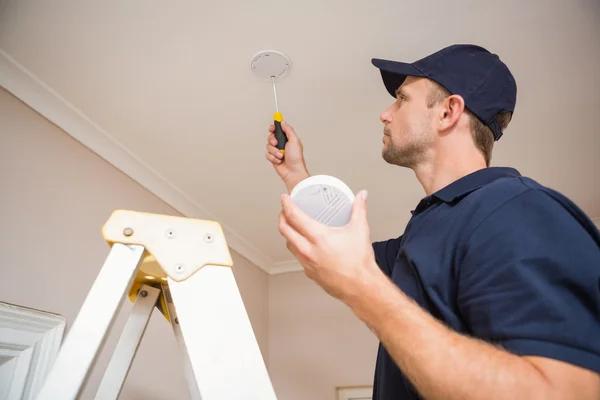Building homes in cities presents a unique set of challenges. With the rapid urbanization and population growth, city planners and developers are under pressure to create affordable, sustainable, and livable spaces. However, several factors such as limited space, high land prices, strict zoning laws, environmental concerns and infrastructure issues make this task quite daunting.
The most pressing challenge is the scarcity of available land. As cities expand vertically rather than horizontally due to lack of space, constructing new homes becomes more complicated and expensive. High-rise buildings require advanced engineering skills and sophisticated materials that may not be readily available or affordable for many developers.
Another significant issue is the high cost of land in urban areas. find out more by clicking this link pushes up property prices making it difficult for low- and middle-income families to afford housing within the city limits. Developers often find themselves caught between making housing units affordable while still ensuring a reasonable profit margin.
Strict zoning laws also pose a major hurdle in building homes in cities. These regulations dictate what can be built where; they often limit residential construction in favor of commercial developments or public amenities which can generate higher revenue for the city.
Furthermore, environmental concerns add another layer of complexity to urban home building projects. There’s an increasing demand for sustainable homes that have minimal impact on the environment but incorporating green technologies into construction processes can be costly.
Lastly, infrastructure issues such as inadequate water supply or sewerage systems can stall development plans or increase costs drastically if upgrades are required before construction begins.
Despite these challenges though there are smart solutions being implemented worldwide that offer hope for future urban homebuilding projects. One such solution is modular construction – pre-fabricated units built off-site then assembled on-site quickly reducing both cost and build time significantly while maintaining quality standards.
Transitioning towards mixed-use developments is another promising approach where residential spaces coexist with commercial ones providing residents with easy access to workspaces retail outlets restaurants etc., thereby creating vibrant self-sufficient communities within city confines.
Another innovative solution is the adaptive reuse of old buildings converting them into residential spaces. This not only helps preserve architectural heritage but also cuts down on construction waste and reduces the need for new materials.
Moreover, to address environmental concerns, developers are increasingly incorporating green building practices such as installing solar panels or rainwater harvesting systems, using energy-efficient appliances and promoting natural ventilation in their designs.
In conclusion, while building homes in cities does pose real challenges, with smart solutions and forward-thinking strategies it’s possible to create affordable, sustainable and livable urban spaces. It requires a collaborative effort from city planners, developers, architects and policy makers who must work together towards achieving this common goal.










